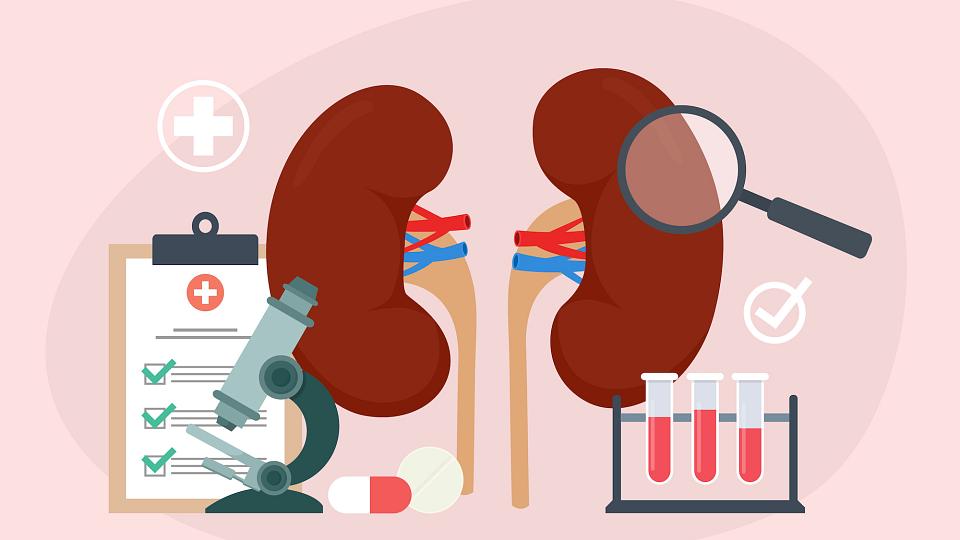Breadcrumb

In the United States, two in every 1,000 people are living with kidney failure, according to the Centers for Disease Control and Prevention (CDC). And about 15 percent of adults have chronic kidney disease, which can lead to kidney failure. Due to surgical risks, people with a BMI of 35 or higher haven't been eligible for a kidney transplant or to be a living kidney donor. However, a robot can now be used to perform this surgery, which significantly reduces the associated risks and gives more people access to the live-saving medical procedure.
"We are able to open up a kidney transplant to a whole group of people who had more obstacles than most to get there," says Michael Zimmerman, FACS, MD, a transplant surgeon at University of Utah Health.
Why do people need kidney transplants?
Kidneys are vital, life-sustaining organs that keep your blood chemically balanced and toxin-free. Think of them like filters. They rid your body of waste and extra water in the form of urine, and then return vital substances such as vitamins, glucose, and amino acids to the bloodstream. If the kidneys stop working properly, dangerous levels of waste can build up in the body. Once your kidneys are failing, your options are either a kidney transplant or dialysis to stay alive.
What were the risks of kidney surgery for people within this BMI range?
Higher BMIs in kidney transplant patients are associated with an increased risk of surgical site infections (SSIs), which can delay healing, cause hospital readmission, and even be fatal. Many obese patients also have comorbidities such as diabetes or hypertension. Both of these comorbidities are also associated with increased risk of SSIs.
"Where the incision is placed for kidney transplant in high BMI patients is a really high-risk area," Zimmerman says. "When somebody has a body habitus where the abdominal cavity is very large, that incision is going to be placed at the base of that abdominal cavity. It's difficult to get through that much tissue. Oftentimes that incision needs to be a little bit larger."
Zimmerman explains that not only could the wound itself get infected, but it could reopen, a complication called wound dehiscence.
"So now you have a kidney exposed to the air," Zimmerman says. "That's really bad for the patient and really bad for the kidney, so it's not just necessarily wound infection. There's a lot more that they're at risk for. In my opinion, this is the group that robotics has had the biggest impact on."
If denied transplant eligibility, the only other option is dialysis, a treatment that removes waste products from your blood when the kidneys no longer work as they should. However, patients with conditions such as diabetes or hypertension have higher mortality rates if they remain on dialysis. A kidney transplant would increase their chances of a longer, higher-quality life.
How does the surgery work?
The procedure avoids incisions in the infection-prone areas of the lower abdomen, instead creating an upper midline incision. This type of incision is typically smaller and has a shorter recovery period.
"Using robotics does one very simple thing: it moves that incision to a different place in the body," Zimmerman says. "So, we can move that incision to an upper midline incision, which decreases the incidence of post-operative infection significantly."
Thanks to our robot partners, more people will be eligible to receive a kidney transplant or become a kidney donor. This could lower the mortality rates of people with kidney disease and allow them to live a longer, healthier life.


